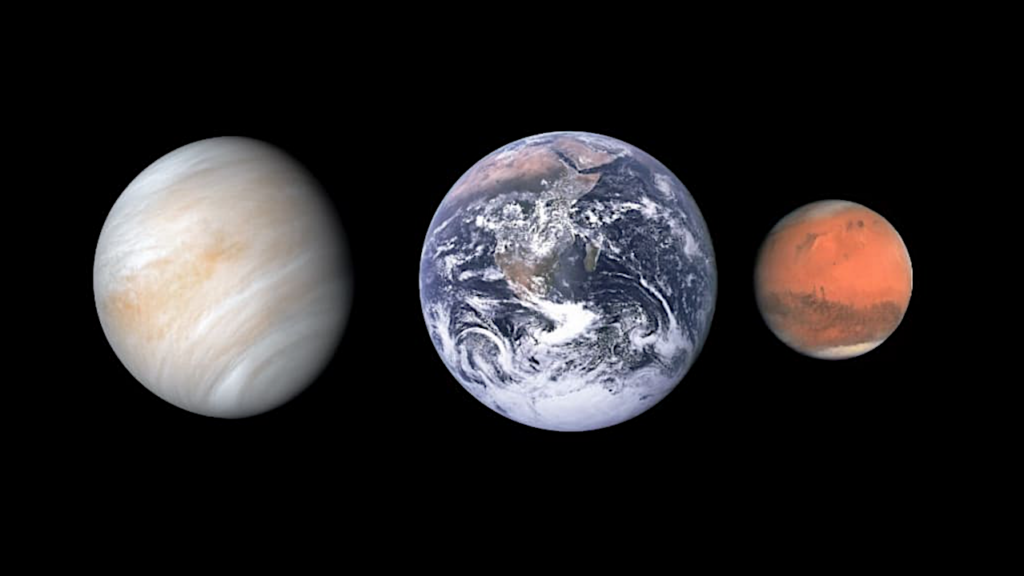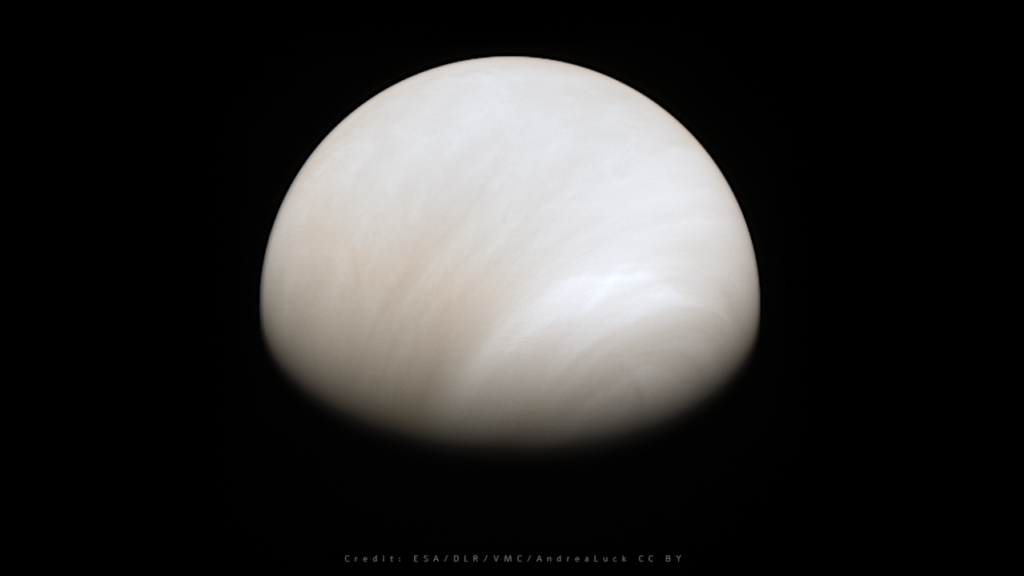The White Dwarf Opportunity: Robust Detections of Molecules in Earth-like Exoplanet Atmospheres with the James Webb Space Telescope

The near-term search for life beyond the solar system currently focuses on transiting planets orbiting small M dwarfs, and the challenges of detecting signs of life in their atmospheres.
However, planets orbiting white dwarfs (WDs) would provide a unique opportunity to characterize rocky worlds. The discovery of the first transiting giant planet orbiting a white dwarf, WD 1856+534b, showed that planetary-mass objects can survive close-in orbits around WDs. The large radius ratio between WD planets and their host renders them exceptional targets for transmission spectroscopy. Here, we explore the molecular detectability and atmospheric characterization potential for a notional Earth-like planet, evolving in the habitable zone of WD 1856+534, with the James Webb Space Telescope (JWST).
We establish that the atmospheric composition of such Earth-like planets orbiting WDs can be precisely retrieved with JWST. We demonstrate that robust > 5σ detections of H2O and CO2 can be achieved in a 5 transit reconnaissance program, while the biosignatures O3 + CH4, and O3 + N2O can be detected to > 4σ in as few as 25 transits. N2 and O2 can be detected to > 5σ within 100 transits.
Given the short transit duration of WD habitable zone planets (~ 2 minutes for WD 1856+534), conclusive molecular detections can be achieved in a small or medium JWST transmission spectroscopy program. Rocky planets in the WD habitable zone therefore represent a promising opportunity to characterize terrestrial planet atmospheres and explore the possibility of a second genesis on these worlds.
Lisa Kaltenegger, Ryan J. MacDonald, Thea Kozakis, Nikole K. Lewis, Eric E. Mamajek, Jonathan C. McDowell, Andrew Vanderburg
Comments: 12 pages, 4 figures. Published in ApJL
Subjects: Earth and Planetary Astrophysics (astro-ph.EP); Instrumentation and Methods for Astrophysics (astro-ph.IM); Solar and Stellar Astrophysics (astro-ph.SR)
DOI: 10.3847/2041-8213/aba9d3
Cite as: arXiv:2009.07274 [astro-ph.EP] (or arXiv:2009.07274v1 [astro-ph.EP] for this version)
Submission history
From: Ryan MacDonald
[v1] Tue, 15 Sep 2020 18:00:00 UTC (464 KB)
https://arxiv.org/abs/2009.07274
Astrobiology, Astrochemistry








